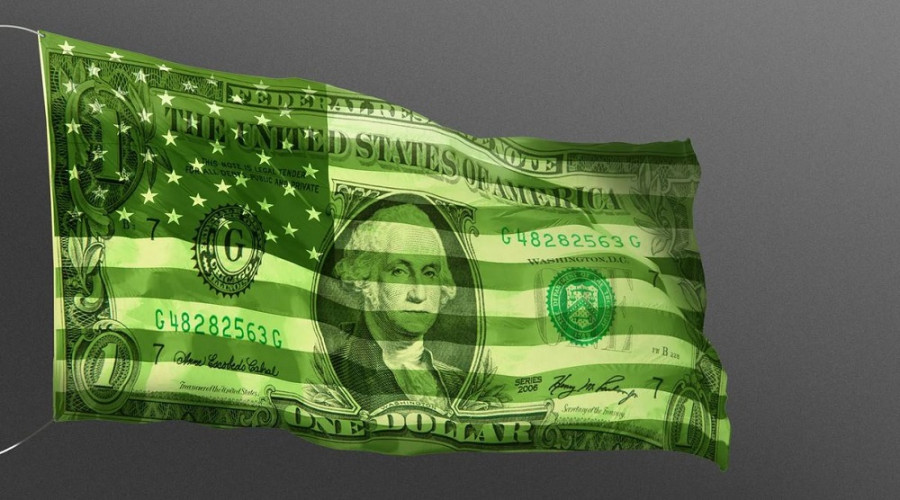এই বিভাগে ইন্সটাফরেক্সের সাথে ট্রেড করার সবচেয়ে গুরুত্বপূর্ণ তথ্য রয়েছে। আমরা অভিজ্ঞ ট্রেডারদের জন্য নেতৃস্থানীয় বিশেষজ্ঞদের বিশ্লেষণ এবং নতুনদের জন্য ট্রেডিং পরিস্থিতির নিবন্ধ উভয়ই পরিষেবা প্রদান করে থাকি। আমাদের পরিষেবাসমূহ আপনার লাভের সম্ভাবনা বাড়াতে সাহায্য করবে।
আরো দেখুন
এই বিভাগটি তাদের জন্য ডিজাইন করা হয়েছে যারা সবেমাত্র তাদের ট্রেডিং যাত্রা শুরু করছেন। ইন্সটাফরেক্সের শিক্ষাগত এবং বিশ্লেষণাত্মক উপকরণ আপনার প্রশিক্ষণের চাহিদা পূরণ করবে। আমাদের বিশেষজ্ঞদের পরামর্শ আপনার ট্রেডিং সাফল্যের প্রথম পদক্ষেপগুলোকে সহজ এবং বোধগম্য করে তুলবে।
ইন্সটাফরেক্সের উদ্ভাবনী পরিষেবাসমূহ উৎপাদনশীল বিনিয়োগের একটি অপরিহার্য উপাদান। আমরা আমাদের গ্রাহকদের উন্নত প্রযুক্তিগত ক্ষমতা প্রদান এবং তাদের ট্রেডিং রুটিনকে আরামদায়ক করার চেষ্টা করি কারণ আমরা এই বিষয়ে সেরা ব্রোকার হিসাবে স্বীকৃত।
ইন্সটাফরেক্সের সাথে অংশীদারিত্ব লাভজনক এবং সর্বোচ্চ মান সম্মত। আমাদের অ্যাফিলিয়েট প্রোগ্রামে যোগ দিন এবং বোনাস, অংশীদার পুরষ্কার এবং বিশ্ব-খ্যাত ব্র্যান্ডের সাথে ভ্রমণের সম্ভাবনা উপভোগ করুন।
এই বিভাগে ইন্সটাফরেক্সের পক্ষ থেকে সবচেয়ে লাভজনক অফার রয়েছে। একটি অ্যাকাউন্ট টপ আপ করার সময় আপনি বোনাস পেতে পারেন, অন্যান্য ট্রেডারদের সাথে প্রতিযোগিতা করুন এবং ডেমো অ্যাকাউন্টে ট্রেড করার সময়ও প্রকৃত পুরস্কার জিতুন।
ইন্সটাফরেক্সে ছুটির দিনগুলো শুধু আনন্দদায়কই নয়, উপকারীও বটে। আমরা একটি ওয়ান-স্টপ পোর্টাল, অসংখ্য ফোরাম এবং কর্পোরেট ব্লগ অফার করে থাকি, যেখানে ট্রেডাররা অভিজ্ঞতা বিনিময় করতে পারে এবং সফলভাবে ফরেক্স সম্প্রদায়ের সাথে যুক্ত হতে পারে।
ইন্সটাফরেক্স একটি আন্তর্জাতিক ব্র্যান্ড যা ২০০৭ সালে প্রতিষ্ঠিত। কোম্পানিটি অনলাইন এফএক্স ট্রেডিং এর জন্য পরিষেবা প্রদান করে থাকে এবং বিশ্বের শীর্ষস্থানীয় ব্রোকার হিসেবে স্বীকৃত। আমরা 7,000,000 এরও বেশি ব্যক্তিগত ট্রেডারদের আস্থা অর্জন করেছি, যারা ইতোমধ্যেই আমাদের নির্ভরযোগ্যতার প্রশংসা করেছে এবং উদ্ভাবনী ক্ষমতার উপর মনোযোগ দিয়েছে।












